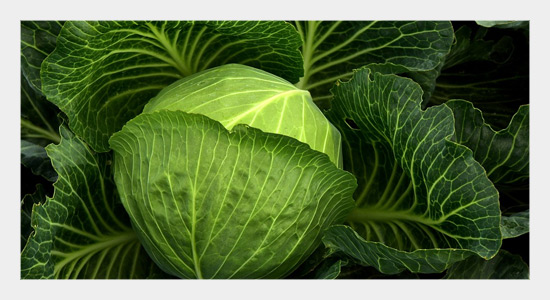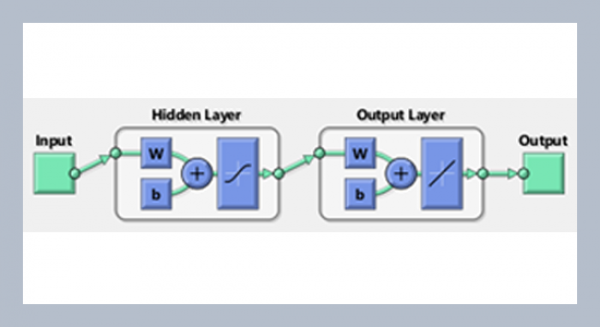Sanjay C. Topagia, Bhanu KRMb*, Ashok Kumar C. T.a aDepartment of Agricultural Entomology, UAS, GKVK, Bangalore-65
bBio-Control Research Laboratories, PCI, Sriramanahalli, Doddaballpur Road, Bangalore
Download Citation:
|
Download PDF
The diamondback moth (DBM), Plutella xylostella(Linnaeus) (Plutellidae: Lepidoptera) is found throughout the world and considered as the most destructive insect pest of cruciferous crops, particularly cabbage, broccoli and cauliflower. An attempt was made to evaluate the effectiveness of the pheromones in combination with need based insecticides under farmer’s field conditions. Trap density study results indicated that the highest number of moths trapped with highest percent population reduction was recorded in both Bangalore and Kolar with trap density @ 40 traps/acre with a highest mean head weight and yield. The data on mass trapping as a standalone method in season-I revealed that highest number of moths was trapped (675 moths), resulted in 73.96 percent reduction in larva and pupal numbers over control compared to farmer’s practice (46.11 percent). Highest number (Mean) of larvae and pupae (3.68) was observed in control plot compared to farmer’s practice plot (1.67) and standalone plot (0.89). In season-II, highest number of moths was trapped (13935 moths) in mass trapping operated plot, which had resulted 51.42 percent reduction in larva and pupal numbers over control compared to farmer’s practice with only 39.04 percent population reduction. Highest number of larvae and pupae (5.82) was observed in control plot compared to farmer’s practice plot (3.16) and mass trapped plot (3.04). Highest percent population reduction of DBM over control was observed in mass trapping as a standalone method compared to farmer’s practice. Pheromone deployed plots had significantly increased Cotesia plutellae population when compared to farmer’s practice. The C: B ratio of pheromone installed plots in both the seasons was found to be higher compared to farmer’s practice.ABSTRACT
Keywords:
Cabbage; Plutella xylostella; Sex pheromone; Water traps; Mass trapping technique; standalone method.
Share this article with your colleagues
REFERENCES
ARTICLE INFORMATION
Received:
2018-06-08
Revised:
2018-09-14
Accepted:
2018-12-11
Available Online:
2018-12-01
Topagi, S.C., Bhanu, K.R.M., Ashok Kumar, C.T. 2018. Mass trapping technique using pheromones: A standalone method for management of diamondback moth, Plutella xylostella (Linnaeus) (Plutellidae: Lepidoptera) in cabbage. International Journal of Applied Science and Engineering, 15, 221-232. https://doi.org/10.6703/IJASE.201812_15(3).211
Cite this article:















